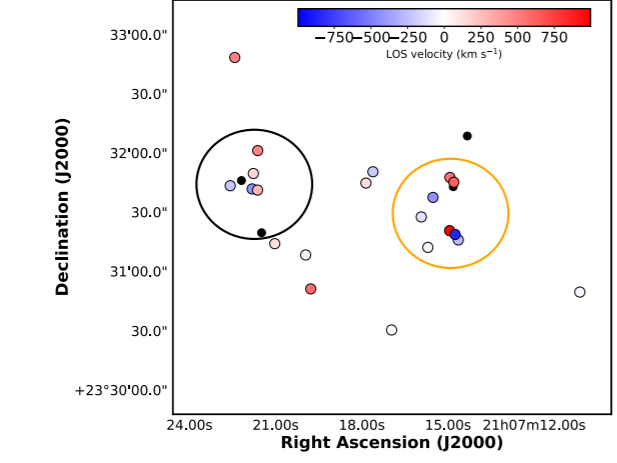Solved the creation of a prosthetic to 19 billion light years

An international group has studied the proocycle surrounding the radiogalaxia called 4C+23.56 and, among other things, have concluded that the mass of the proocycle is about 32 billion solar mass. Evolving to this day, they estimate that 100 billion solar mass will be.
Astrophysics Itziar Aretxaga Mendez has participated in the research, explaining that clusters are structures created by thousands of galaxies linked by gravity, the large structures known in the Universe. The structure that has now been studied is of the order of 4C+23.56 radiogalaxias and is about 19 billion light-years.
Through the ALMA radio telescope (Atacama Large Milimeter/submilimeter Array), the spectra of the young galaxies in the radiogalaxia area were detected to confirm whether they were inside the prosthetic and to measure relative movements within the group.
Thanks to this they have been able to calculate the mass of the prooculum. According to Aretxabaleta, the prosthetic is a good analogy to know what our supercluster was like in the past, Virgo. In fact, the Milky Way, along with the Andromeda galaxy, is part of the local group and the Virgo satellite. Its center is 54 million light years.
Researchers have published the article in open arXiv in detail.
Buletina
Bidali zure helbide elektronikoa eta jaso asteroko buletina zure sarrera-ontzian











